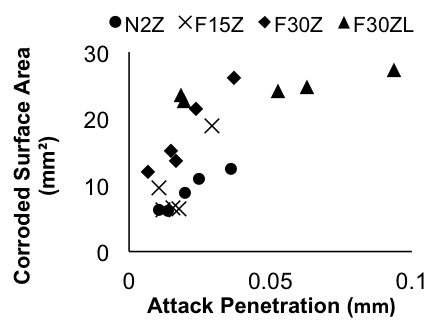New Chapter of My Life
My name is Idrees Zafar and currently, I am a PhD student in Graduate School of Engineering, Hokkaido University under the English Engineering Education Program (e3). I am grateful to the editor of the Japan Society of Civil Engineer (JSCE) Concrete Committee Newsletter to give me the opportunity to share my experience of living and studying in Japan for last four years.The life is Japan has been a challenging but interesting experience of my life. In the beginning, I was a little worried coming to a non-English speaking country such as Japan because I did not speak any other international language except for English. But once I came here, I was surprised to find out how helping these people were, even you don't understand each other. Like, on the first day I lost myself while coming back from university to my dormitory and I asked a stranger about the address. He tried to explain for few minutes but after realizing that I was new and could not follow what he was saying he took me to the address by himself. After that day it has always felt like home to me.
I used to live in the dormitory where there are students from all over the world. I have made many friends. It's interesting to have different perspectives on things depending on where they are from and in this way you, you come to know about lot of other cultures as well.
The lab atmosphere is really encouraging and helps a lot to increase the understanding of durability related issues of reinforced concrete. Although every individual has his own research topic but according to the theme we are divided into small research groups. We all help each other with casting of concrete when necessary. Once in a semester our laboratory also hold a joint seminar with other concrete laboratories to share the ongoing research with each other. And the questions, especially from the teachers, during the seminar inspire us to dig more into our study. Beside the hard work, we also enjoy different parties, BBQ and sport tournament as a family. In the end I will like to introduce a part of my ongoing research with an extended abstract.
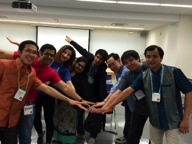 During International Hour |
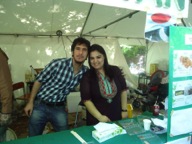 During University Food Festival |
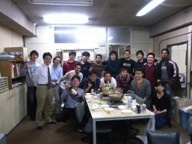 During Lab Party |
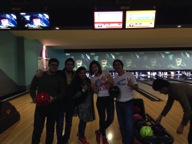 Enjoying with Friends |

